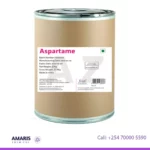
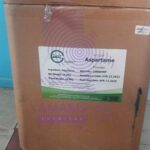
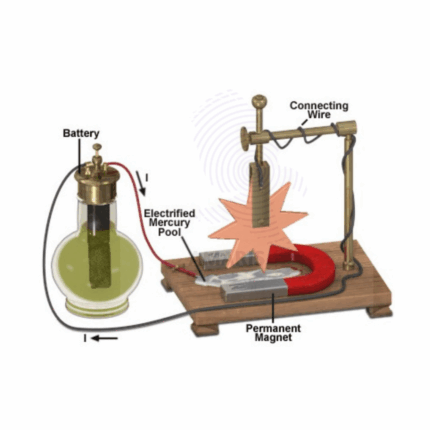
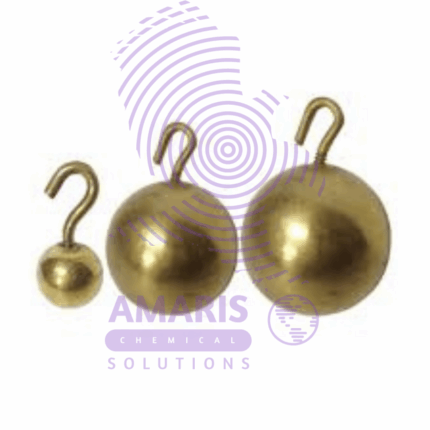
Aspartame
$88,200.00 Original price was: $88,200.00.$85,200.00Current price is: $85,200.00.
Aspartame is a low-calorie artificial sweetener that is widely used as a sugar substitute in various food and beverage products. It is a non-saccharide sweetener, meaning it does not belong to the family of natural sugars like sucrose or fructose. Aspartame is composed of two amino acids, phenylalanine and aspartic acid, linked together with a methyl ester bond.
This sweetener is known for its intense sweetness, being approximately 200 times sweeter than sugar, which allows for its use in very small quantities to achieve the desired level of sweetness in food and drinks. Aspartame has gained popularity as an alternative to sugar due to its minimal impact on caloric intake, making it suitable for individuals aiming to reduce their sugar consumption or manage their weight.
Upon ingestion, aspartame is broken down into its component amino acids and a small amount of methanol, which is further metabolized into formaldehyde and formic acid. However, the quantities produced are well within the range deemed safe by regulatory authorities, and the body’s natural metabolic processes handle them efficiently.
Aspartame Uses
Soft Drinks and Carbonated Beverages:
Aspartame is frequently used in diet or sugar-free soft drinks, providing a sweet taste without the added calories from sugar. It is a key ingredient in many popular diet soda brands.
Sugar-Free or Low-Calorie Foods:
Aspartame is found in a variety of sugar-free or low-calorie food products such as desserts, candies, chewing gums, yogurt, gelatins, and puddings. These products provide a sweet taste without the high sugar content.
Tabletop Sweeteners:
Aspartame is available in the form of tabletop sweeteners, often in small individual packets or in granulated form. These sweeteners are convenient for adding sweetness to beverages or foods on an individual basis.
Baked Goods:
Aspartame can be used in the production of sugar-free or reduced-sugar baked goods such as cookies, cakes, and pastries. It helps to maintain sweetness while reducing overall sugar content.
Breakfast Cereals:
Many breakfast cereals, particularly those marketed as “healthy” or “reduced-sugar” options, use aspartame as a sweetener to provide flavor without excessive sugar levels.
Dairy Products:
Aspartame can be found in sugar-free or low-calorie versions of dairy products such as flavored milk, ice cream, and yogurt. It allows for a sweet taste while minimizing added sugars.
Pharmaceutical Products:
Aspartame is used in certain pharmaceutical preparations, including chewable tablets, syrups, and liquid medications, to improve taste and mask the bitterness of some active ingredients.
8 reviews for Aspartame
1. Basic Identification Attributes
- Chemical Name: N-L-α-Aspartyl-L-phenylalanine 1-methyl ester (IUPAC)
- CAS Number: 22839-47-0
- HS Code: 2924.29.90 (Other amino-acids)
- Molecular Formula: C₁₄H₁₈N₂O₅
- Synonyms:
- APM
- E951 (EU food additive code)
2. Physical & Chemical Properties
- Physical State: White crystalline powder
- Color & Odor: Odorless; intensely sweet taste (~200× sweeter than sucrose)
- Melting Point: 246-247°C (decomposes)
- Solubility:
- Water: Slightly soluble (1g/100mL at 25°C)
- Ethanol: Sparingly soluble
- Insoluble in fats
- pH Stability:
- Stable at pH 3-5 (optimal for beverages)
- Degrades rapidly at pH >7 or high temperatures
- Specific Rotation: [α]D²⁵ = +14.5° to +16.5° (c=1 in 15N HCl)
3. Safety & Hazard Attributes
- Hazard Class (GHS): Not classified (approved food additive)
- NFPA Ratings:
- Health: 1| Flammability: 0 | Reactivity: 0
- Exposure Limits:
- ADI (FDA/WHO): 50 mg/kg body weight/day
- LD50 (oral, rat): >10,000 mg/kg
- Contraindications:
- Phenylketonuria (PKU) patients (contains phenylalanine)
- Decomposition Products:
- Methanol, aspartic acid, phenylalanine (upon heating)
4. Storage & Handling Attributes
- Storage Conditions:
- Airtight containers at <25°C
- Relative humidity <65%
- Shelf Life: 3-5 years (dry, cool conditions)
- Incompatibilities:
- Strong acids/bases
- Prolonged heat (>150°C)
5. Regulatory & Compliance Attributes
- Global Approvals:
- FDA (21 CFR 172.804)
- EFSA (E951)
- JECFA (96-1)
- Labeling Requirements:
- "Contains phenylalanine" (mandatory in most countries)
- "Not for PKU patients" warning
6. Environmental & Health Impact
- Ecotoxicity:
- Readily biodegradable (OECD 301)
- No bioaccumulation potential
Inhalation:
- Move to fresh air immediately
- If breathing is difficult, give oxygen
- Seek medical attention if symptoms persist
Skin Contact:
- Remove contaminated clothing
- Wash with soap and water for 15 minutes
- Apply emollient if irritation occurs
- Consult physician if irritation persists
Eye Contact:
- Rinse immediately with plenty of water (15+ minutes)
- Hold eyelids open during rinsing
- Seek immediate medical attention
Ingestion:
- Rinse mouth thoroughly
- Drink 1-2 glasses of water
- Do NOT induce vomiting
- Seek medical advice only if large amounts consumed
Fire Characteristics:
- Not flammable (flash point > 93°C/200°F)
- May decompose at high temperatures (>200°C/392°F)
- Decomposition products may include:
- Nitrogen oxides
- Carbon monoxide
- Carbon dioxide
- Formaldehyde
Extinguishing Media:
- Water spray
- Dry chemical powder
- CO₂
- Foam
Firefighting Procedures:
- Wear self-contained breathing apparatus
- Cool containers with water spray
- Prevent runoff from entering drains
- Avoid breathing decomposition products
Special Hazards:
- No unusual fire/explosion hazards
- Smoke may contain toxic decomposition products
- No specific flammability limits
Small spills:
- Wear appropriate PPE
- Dampen with water to prevent dust
- Sweep up with inert absorbent material
- Place in sealed container
Large spills:
- Isolate area
- Prevent entry into waterways/sewers
- Use vacuum with HEPA filter if available
- Dispose according to local regulations
Disposal:
- Follow local regulations
- May be disposed as non-hazardous waste
- Consider recycling options
- Do not mix with incompatible wastes

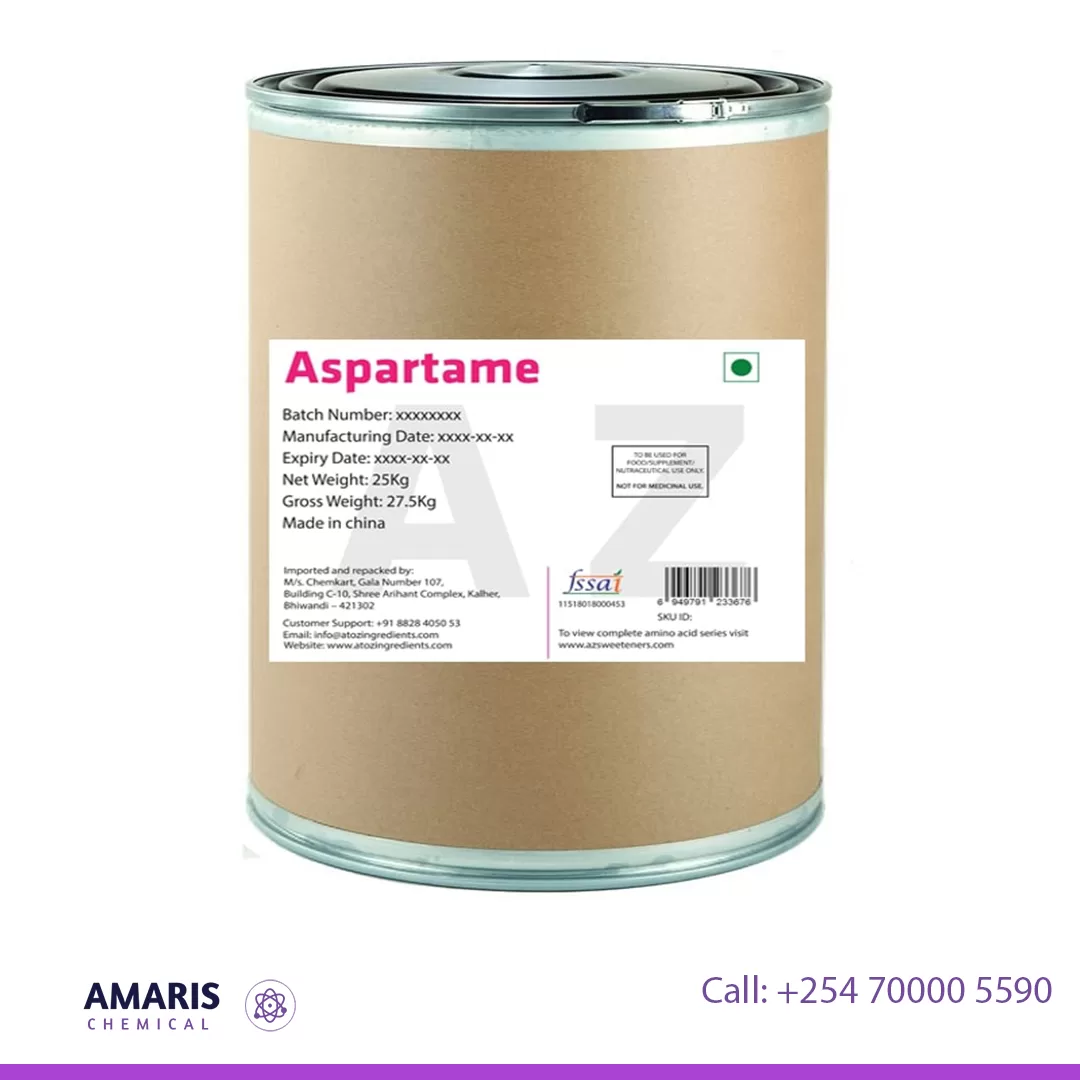
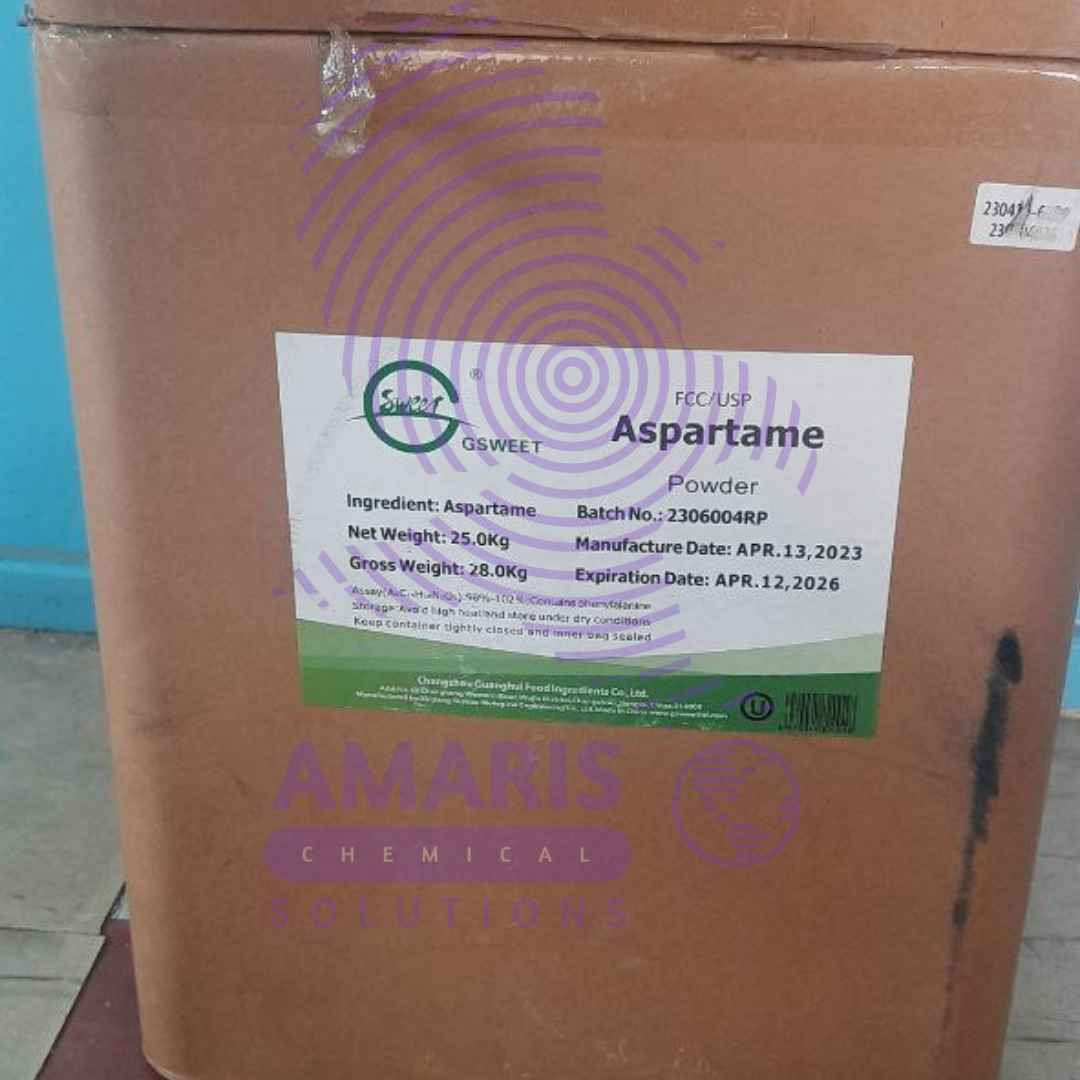
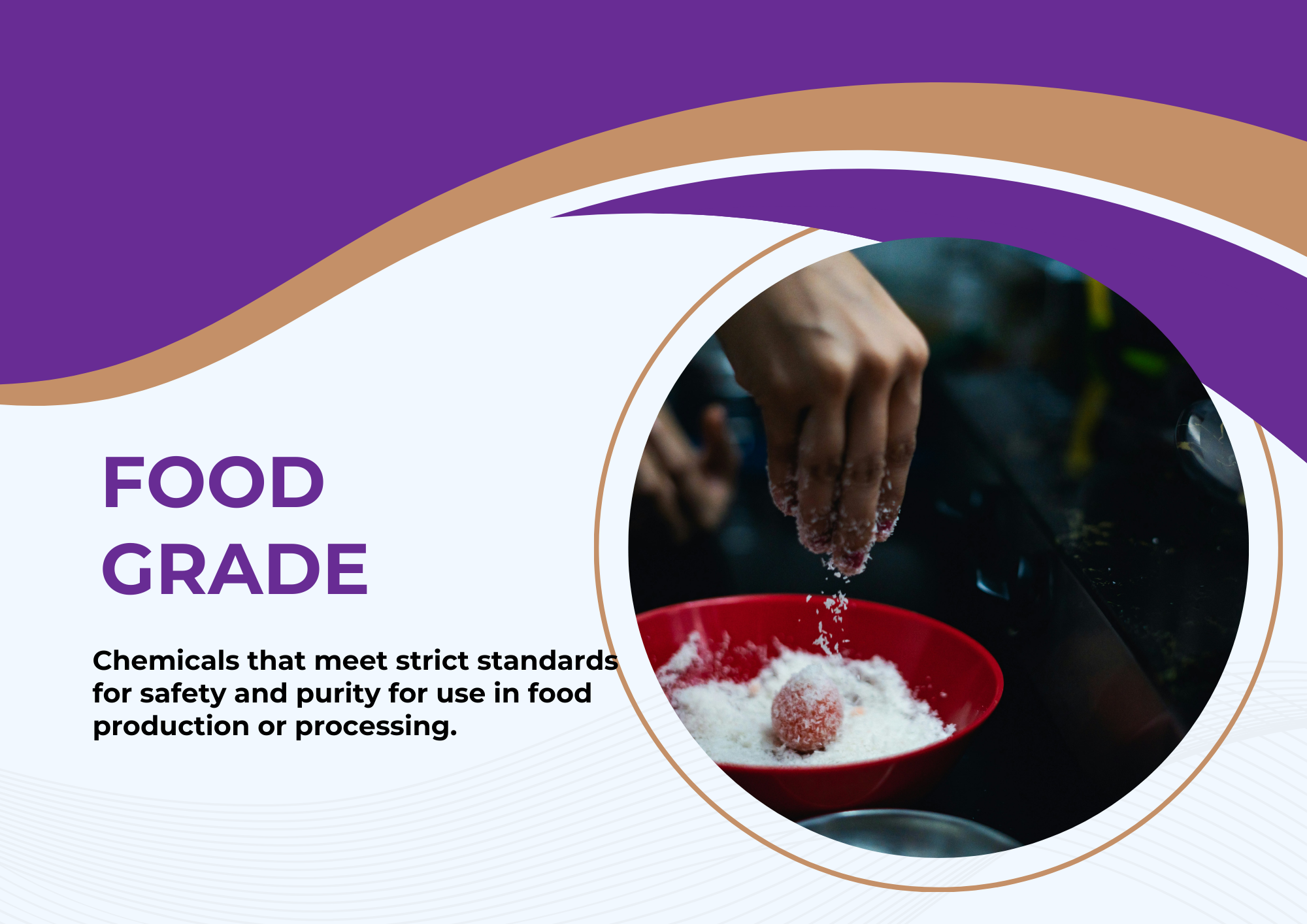


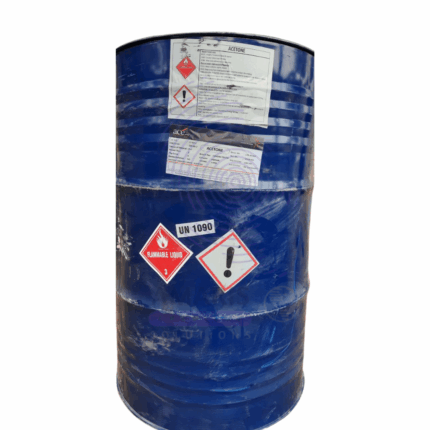

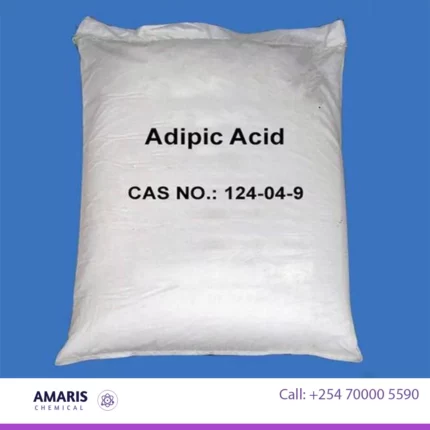
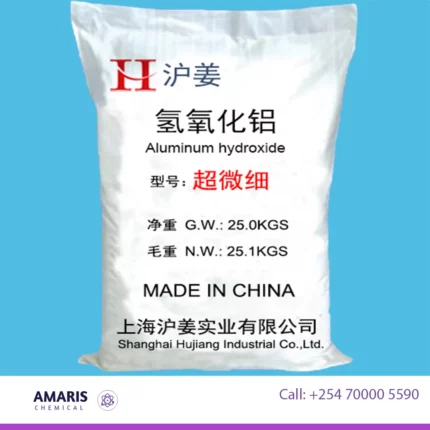
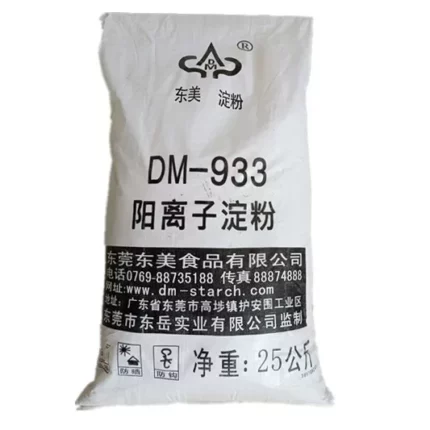
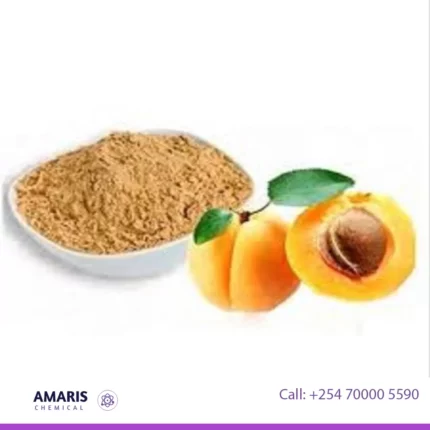
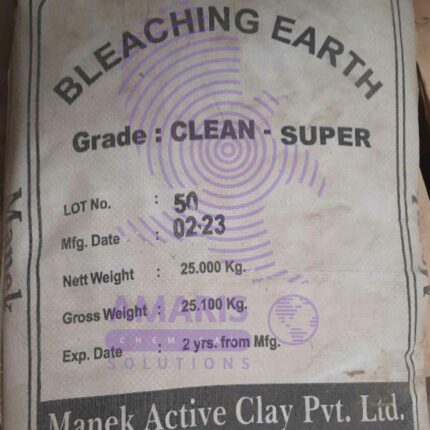
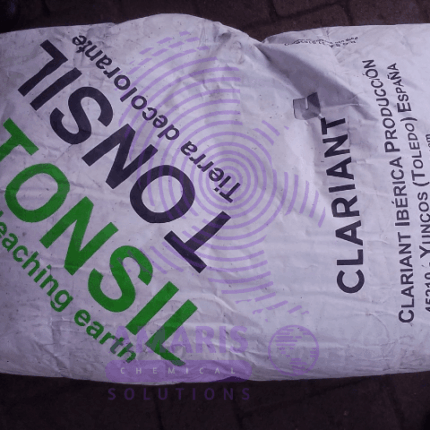
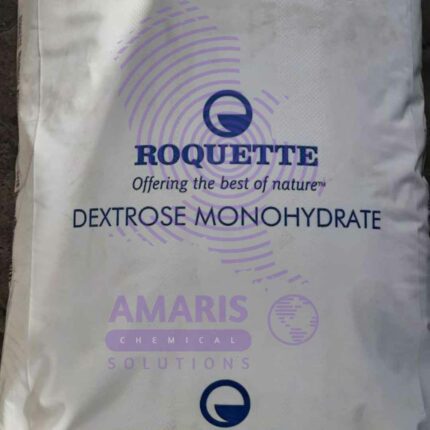
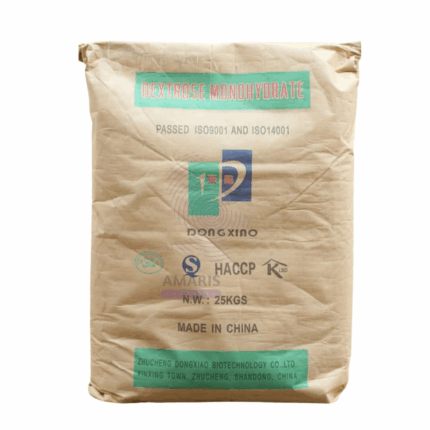
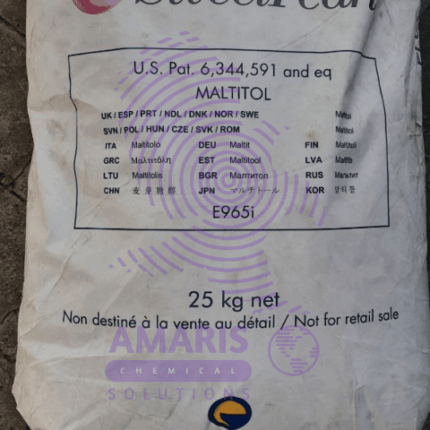













Dashiel –
Widely used in soft drinksespecially diet
Muthama –
Used in some baking recipes
Mwango –
Aspartame’s versatility allows it to be incorporated into a wide variety of foods and beverages.
Andre –
This aspartame sweetener is top-notch. It provides the perfect level of sweetness without any aftertaste. Plus, it’s incredibly low in calories, making it a guilt-free indulgence. Couldn’t be happier!
Kipkemoi –
Exceptional reliability
Jezxebell –
High quality product
Amani Mwenda –
I’ve saved so much money thanks to these affordable prices.
Naphtalie –
highly recommend this product,